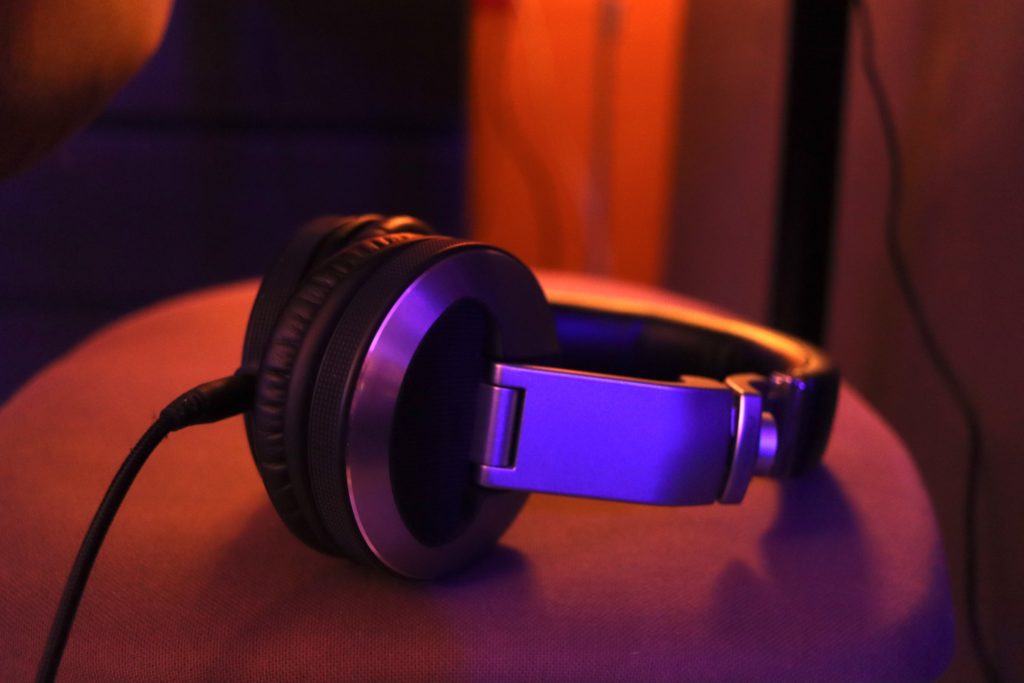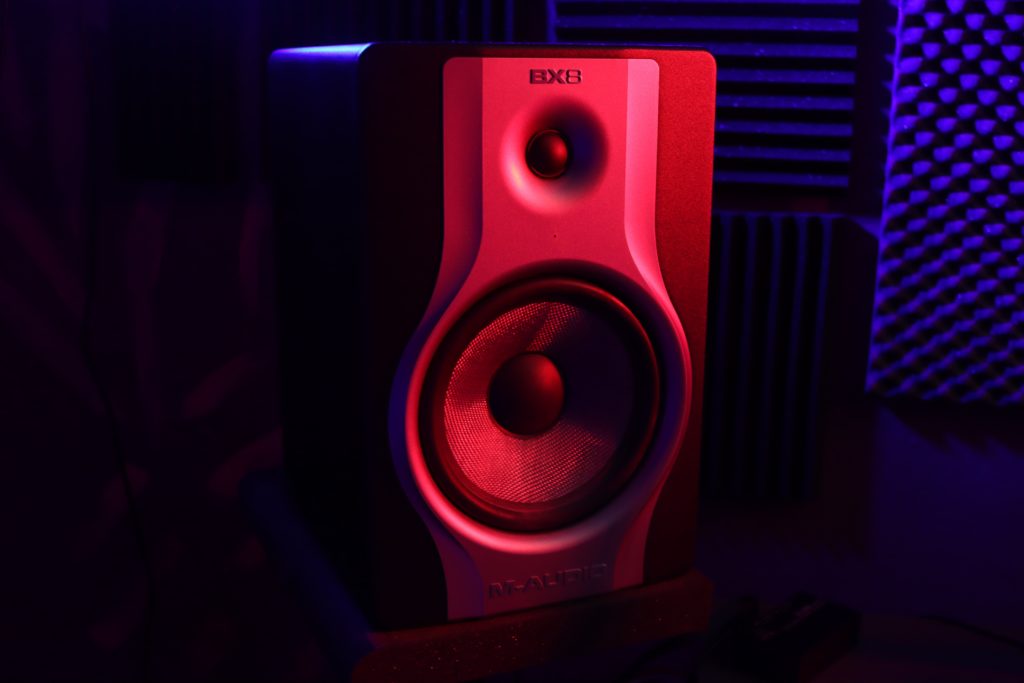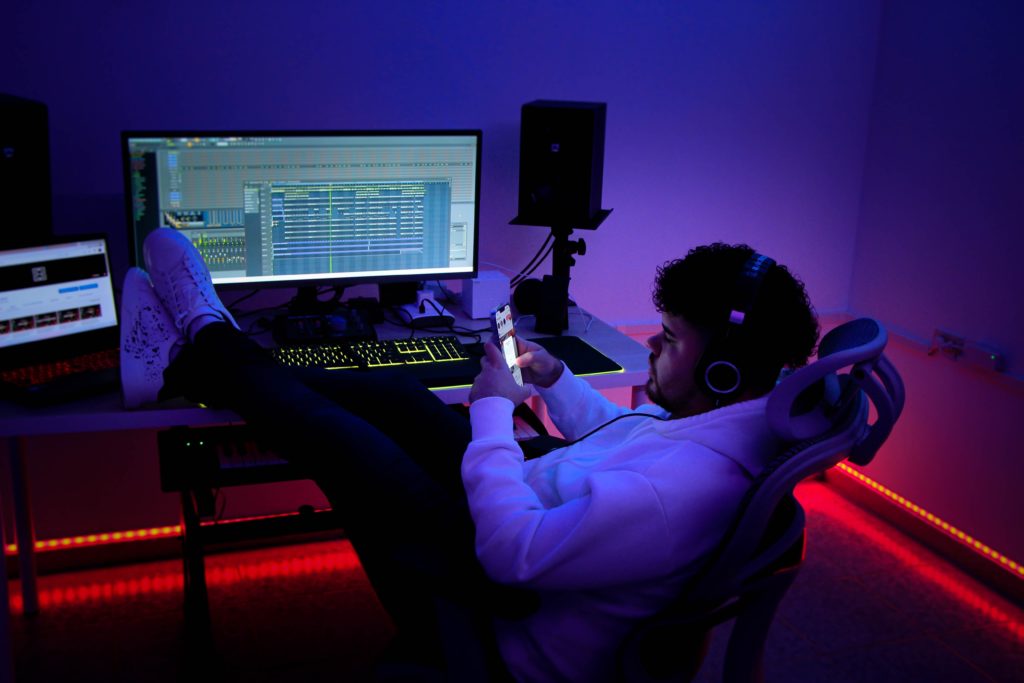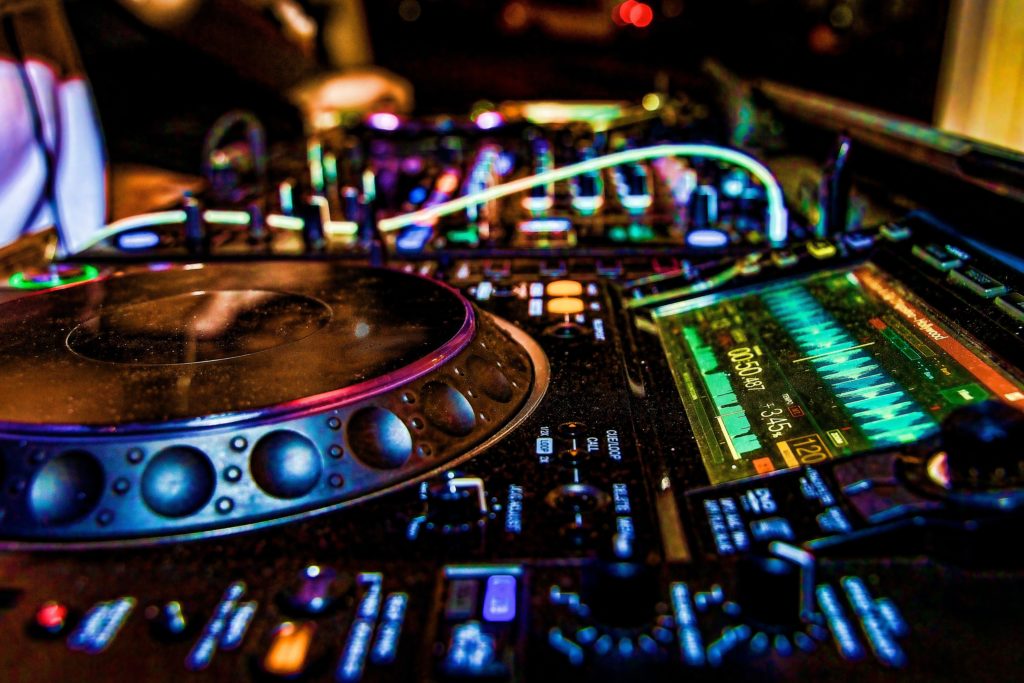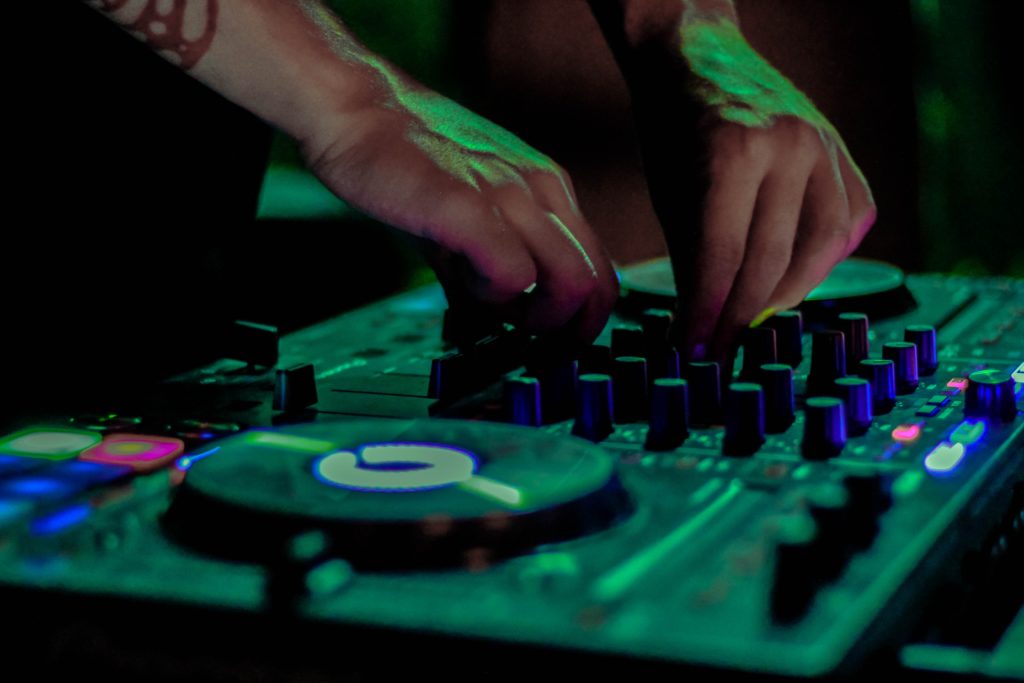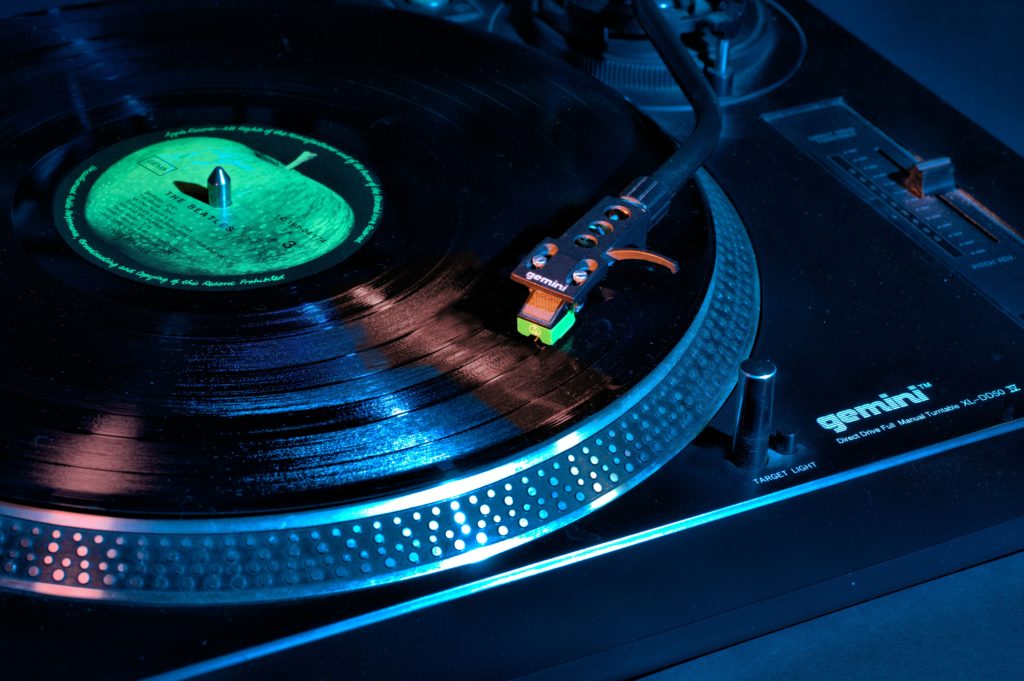Condenser Mic:
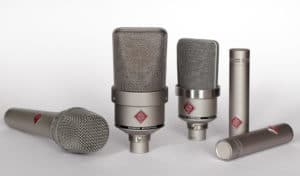
This is probably the most popular kind of mic used mainly by vocalists, rappers and commentators. These are designed to work with large frequency ranges, and use plates and diaphragms to create what’s known as a capacitor. This capacitor gives off a much stronger transient response compared to dynamic mics. This is due to their ability to reproduce the speed of an instrument of live vocal. They usually tend to have a better output for loudness in comparison to others mics. They also require an external power source to operate and are generally a bit more expensive than other types.
With condenser mics, you should decide whether you want a large diaphragm or a small one. This can make a big difference to the quality of sound, but generally larger diaphragms are best for vocal recordings.
Dynamic Mic:
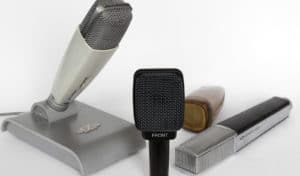
Dynamic mics are also good for home studio and recording uses. However, they are much more suited to loud stage environments because of how robust and durable they are. Unlike condenser mics, these do not require an additional power source – just plug in and you’re good to go. What is worth noting is that the frequency response is much more limited on these compared to condensers. Many also say the sound quality is not as prominent. This is because they have been built to withstand high pressure sound levels like amplifiers, drums and heavy vocals. This is also why most will recommend a dynamic if looking to use your mic for live performances.
USB Mic:
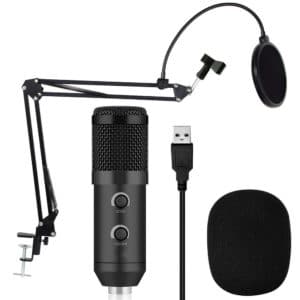
USB mics have a much better sound quality in comparison to their ancestors. These days they’re a cheap and effective option for recording vocals without having to fork out loads on extra gear. Another big advantage with USB mics is the fact that they’re highly portable. You can pretty much hook them up to any device; PC, Mac, tablet, laptop, which also makes them great for gaming, chatting, podcasts and other uses.
Tube Mic:
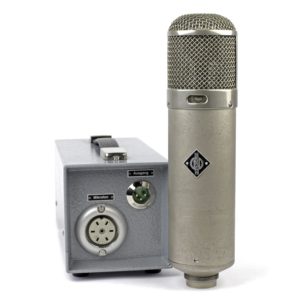
Tube microphones are essentially condenser microphones, only they have slightly different insides compared to condenser mics. These work with tubes to manage the audio instead of transistors. The sound is also a bit different and tends to sound much warmer than your standard dynamic or condenser mic. Although, not everyone agrees with that! It really is down to you as to whether or not a tube mic would be more suitable based on your intended use. It may well be worth heading to your local audio gear shop to try one out for size before making an investment.
Ribbon Mic:
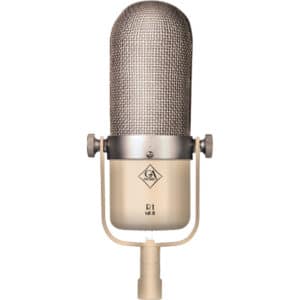
Ribbon microphones were the most popular type of mic used for broadcasts and televised recordings during the 1930s. Since then, they’ve been digitalized and provide a much more transparent sound compared to the former models. Ribbon mics are absolutely ideal for recording acoustic instruments and capturing their natural, organic tones. They do a fantastic job of this compared to most others and almost always feature polar patterns. This allows them to pick up omnidirectional sound from various different angles. An especially useful feature in rooms where multiple instruments being recorded at once, such as a band or orchestra.
Summary
There are other types of microphones out there, such as shotgun mics, switchable and multi-pattern microphones. Even hybrid ones which suit a range of uses. If you’re looking to keep within a reasonable price range and want a microphone specifically for recording vocals at home – a condenser mic will be the one for the job. Whereas, if you’re going to be outside in noisy environments, a dynamic mic will do a great job at isolating most of the unwanted noise in the background. If you want a mic that’s capable of cutting through loud instruments like guitar amps or drums, a ribbon will work a treat. Ultimately it depends on what you will primarily be using your microphone for. There’s no harm in experimenting to see which one caters to your needs the most!


